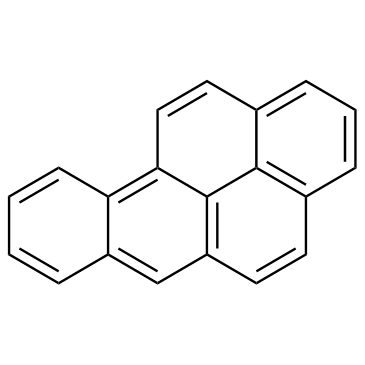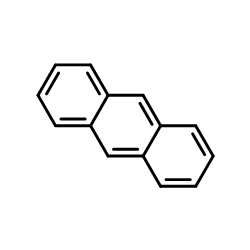| Structure | Name/CAS No. | Articles |
|---|---|---|
 |
Chloroform
CAS:67-66-3 |
|
 |
Methanol
CAS:67-56-1 |
|
 |
Benzo(a)pyrene
CAS:50-32-8 |
|
 |
Anthracene
CAS:120-12-7 |